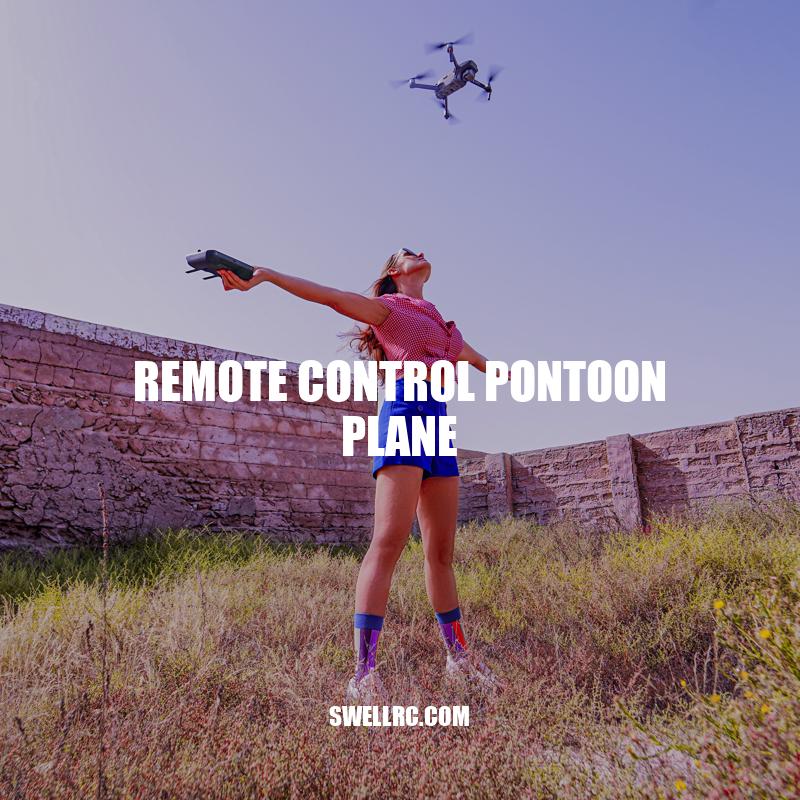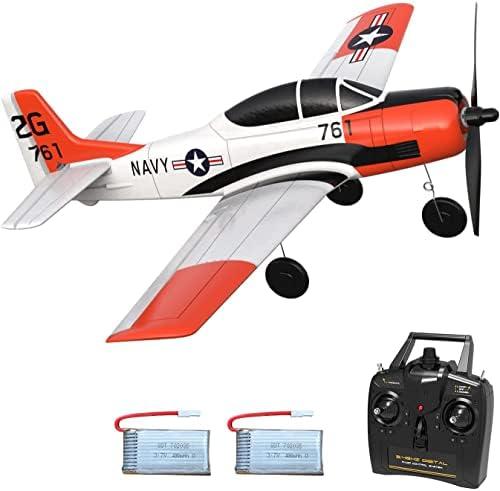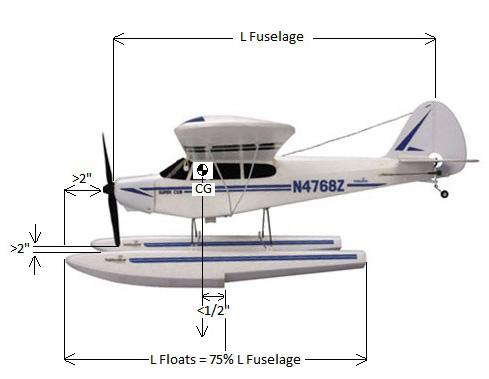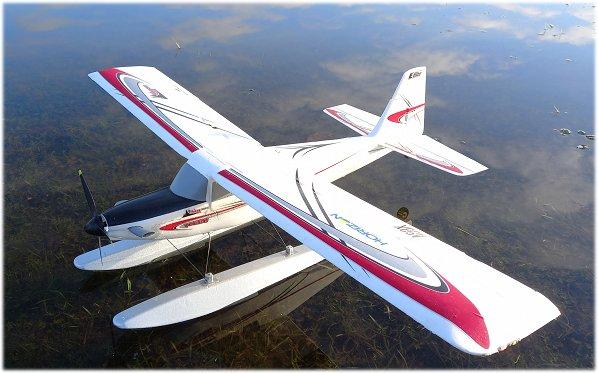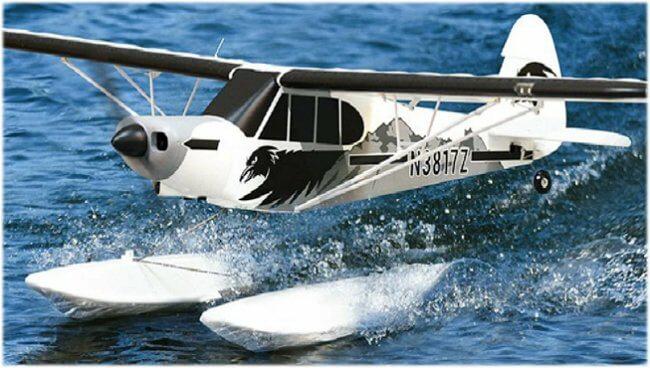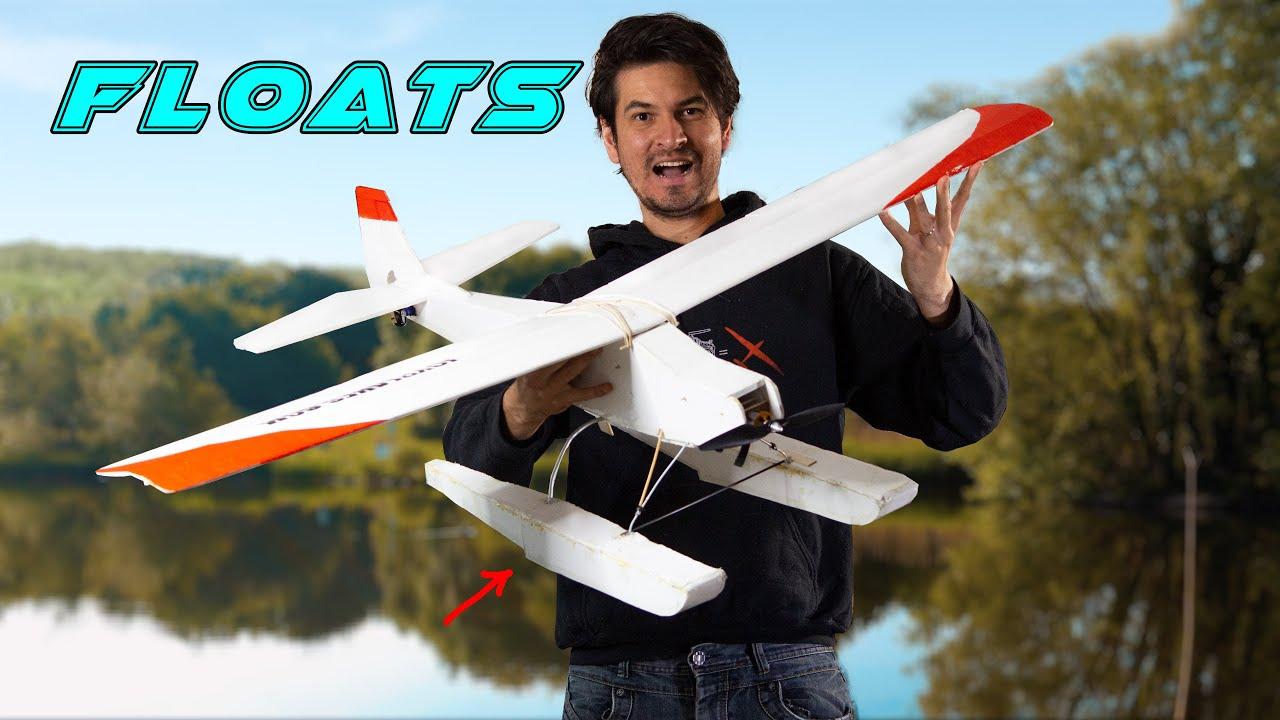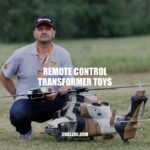Exploring the Features and Benefits of Remote Control Pontoon Planes
A remote control pontoon plane is a type of aircraft device that can fly and do maneuvers remotely through a radio frequency (RF) signal. Remote control pontoon planes are designed with an additional feature of water landings and takeoffs compared to a traditional aircraft. It has a pontoon or a float that enables it to take off from and land smoothly on water surfaces like lakes, rivers, and ponds. Remote control pontoon planes come in different sizes and models ranging from small to large and from basic to advanced versions. They can be used for various activities such as aerial photography, surveying, fishing, and leisure activities.
Key Features and Top Brands of Remote Control Pontoon Planes
Some of the common features of a remote control pontoon plane include:
- Lightweight and durable materials such as foam, balsa wood, and carbon fiber composites
- Powered by electric or nitro engines that drive the propellers
- Built-in gyroscopes and accelerometers for stability and smooth flight
- Flexible control options that include a handheld remote controller, smartphone applications, or PC software
- Real-time telemetry data transmission that displays crucial flight information such as altitude, speed, location, and battery status
Many brands and websites offer a wide range of remote control pontoon planes with different features and specifications. Some of the popular brands and models include Thunder Tiger, HobbyZone, and GoolRC. These brands have a reputation for manufacturing high-quality remote control pontoon planes that offer enjoyable and safe flying experiences for pilots of different skill levels. Some popular online stores like Amazon and eBay offer a wide selection of remote control pontoon planes at competitive prices.
What are some popular brands and models of remote control pontoon planes?
Some popular brands and models of remote control pontoon planes include the Flyzone Beaver Island Wings, Top Race RC Water Plane, and the E-flite ICON A5.
Types of Remote Control Pontoon Planes
Remote control pontoon planes come in various sizes and types, each designed to suit different needs and preferences. Some of the common types include:
- Micro-sized pontoon planes that are usually less than 20cm in length and are ideal for indoor or backyard flying
- Park flyers that are small-sized and lightweight, designed for outdoor use in calm weather conditions
- Middle-sized pontoon planes that are suitable for intermediate-level pilots who want to fly in larger bodies of water or over longer distances
- Large-scale pontoon planes that are usually over 1 meter in length and are designed for experienced pilots who want to perform aerobatic stunts on water surfaces
Here’s a table that summarizes some popular remote control pontoon planes types:
| Type | Size | Recommended Skill Level | Price Range ($) |
|---|---|---|---|
| Micro-sized | Less than 20cm | Beginner | 20-50 |
| Park flyers | 20-50cm | Intermediate | 50-150 |
| Middle-sized | 50-100cm | Intermediate/Advanced | 150-400 |
| Large-scale | Over 1 meter | Advanced | 400-1000+ |
Besides the size and type of the remote control pontoon plane, other factors to consider when choosing one include the brand reputation, price, and availability of replacement parts. Several websites offer reviews and comparisons of different brands and models of remote control pontoon planes, such as RCToysAdvisor and RCGroups. These websites provide valuable insights and guidance on choosing the best remote control pontoon plane that suits your needs and budget.
What factors should be considered when choosing a remote control pontoon plane besides size and type?
Other factors to consider when choosing a remote control pontoon plane include the quality of materials used, motor power and efficiency, flight control features, and the availability of replacement parts and technical support.
Enhancing Your Flying Experience: The Advantages of Having a Remote Control Pontoon Plane
Having a remote control pontoon plane has several advantages, including:
- Freedom and flexibility to fly in water surfaces, which can provide unique views and opportunities for aerial photography, videography, and exploration
- Ability to perform water takeoff and landing, which can be fun and challenging for pilots of different skill levels
- Lower risk of damage or injury compared to operating a traditional airplane or helicopter, as remote control pontoon planes typically have lighter and more durable materials and can fly lower and slower than typical aerial vehicles
- Opportunities for leisure and social activities, such as joining clubs or competitions with fellow remote control pontoon plane enthusiasts
Moreover, remote control pontoon planes can be used for various professional and scientific applications, such as in coastal surveys, emergency responses, and environmental studies. For instance, the National Oceanic and Atmospheric Administration (NOAA) uses remote control pontoon planes to collect data on marine life and habitats in Alaska. The agency also offers a training program for pilots who want to improve their skills in operating remote control pontoon planes for research and conservation purposes.
Several products and accessories are available for enhancing the performance and experience of flying a remote control pontoon plane, such as motors, batteries, and cameras. Websites such as Amazon, HobbyKing, and Banggood offer a wide range of remote control pontoon plane products and accessories, with details on specifications, prices, and customer reviews.
What professional and scientific applications can remote control pontoon planes be used for?
Remote control pontoon planes can be used for various professional and scientific applications such as aerial mapping, surveying, environmental monitoring, wildlife research, search and rescue operations, and disaster response.
Safe Flying Tips for Remote Control Pontoon Planes
Before flying a remote control pontoon plane, it’s essential to learn and follow certain procedures and guidelines to ensure safety and enjoyable experience. Here are some tips and considerations for operating a remote control pontoon plane:
- Read and understand the manual and instructions provided by the manufacturer, and follow them carefully.
- Choose a suitable location for flying, such as an open area with minimal obstructions, a calm body of water, and away from people, animals, and power lines.
- Check the condition and function of the remote control and the plane before every flight, including the battery level, controller settings, propellers, and wing flaps.
- Practice flying in a safe and controlled manner, gradually increasing the altitude and speed over time, and avoiding sudden maneuvers or high winds.
- Be aware of FAA regulations regarding the use of remote control pontoon planes, such as requiring registration for certain models, flying only in authorized airspace, and following basic safety rules such as not flying near airports and not operating the plane under the influence of drugs or alcohol.
In addition, there are online communities, forums, and resources available for remote control pontoon plane enthusiasts, where they can share tips, experiences, and advice, as well as buy or sell products and connect with other like-minded individuals. Websites such as RC Groups, RC Universe, and RC Pilot Network offer various features and information for remote control pontoon plane users, including discussion boards, classified ads, reviews, and events.
What are some online communities and resources available for remote control pontoon plane enthusiasts?
Some online communities and resources available for remote control pontoon plane enthusiasts are the RCGroups forum, RC Universe, and Model Aviation.
Proper Maintenance and Care for Your Remote Control Pontoon Plane
Proper maintenance and care of a remote control pontoon plane is necessary to ensure its longevity and safe operation. Here are some tips to keep your remote control pontoon plane in good working condition:
- Store the plane in a clean, dry, and secure location, away from dust, moisture, and extreme temperatures.
- Clean the plane regularly, removing debris and dirt from the body, propellers, and wings, using a soft brush and mild soap and water.
- Inspect the plane for any damages or wear and tear, such as cracks, dents, or broken parts, and have them repaired or replaced as needed.
- Check the battery and charger for any signs of damage or malfunction, such as bloating, leaking, or overheating, and avoid overcharging or leaving them unattended.
- Store the plane and remote control in their original packaging or a dedicated case, to prevent damage or loss during transportation.
There are also various accessories and tools available for remote control pontoon plane owners, such as spare parts, batteries, chargers, and repair kits. Online retailers such as Amazon, Banggood, and HobbyKing offer a wide range of products and brands for remote control pontoon planes, as well as customer reviews and ratings, and fast and secure shipping options. By following best practices in maintenance and care, remote control pontoon plane enthusiasts can maximize the enjoyment and performance of their hobby.
What are some accessories and tools available for remote control pontoon plane owners?
Some accessories and tools available for remote control pontoon plane owners include: batteries, chargers, fuel, replacement props, electronic stabilization systems, landing gear, and fuel gauges.
Conclusion
In conclusion, remote control pontoon planes offer enthusiasts a unique and thrilling way of flying both on water and in the air, with various sizes, designs, and features to suit different needs and skills. By following the proper steps in using, maintaining, and repairing their remote control pontoon planes, hobbyists can ensure a safe, enjoyable, and long-lasting experience. The tips and advice mentioned in this article can serve as a useful guide for beginners and advanced users alike to get the most out of their remote control pontoon planes. By focusing on safety, care, and skill, remote control pontoon planes can provide an exciting and rewarding hobby that appeals to a wide range of aerial enthusiasts. So, get your remote control pontoon plane ready to fly and explore the possibilities that this unique gadget has to offer!

